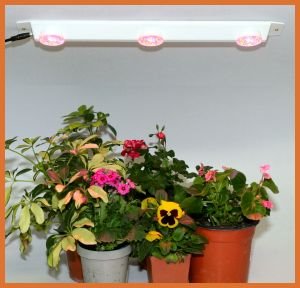
Solid State LED Grow Lights are gaining traction again, this time with a press release from Dialight (Lumidrives) reporting that the Canadian Standards Association (CSA) has certified for sale its new state of the art SafeSite fixture for sale. Dialight reportedly designed its SafeSite fixture to replaces conventional 175W to 250W metal- halide and high-pressure sodium light sources with 100W LED technology for hazardous location applications. CSA Certification involves stringent testing and requires that all wiring be done with CSA-approved materials.
Additional features and benefits include:
Low power consumption
Universal input supply (120 - 277 VAC)
Suitable for all Class 1, Div 2, Groups A, B, C, D
hazardous environments T4A rated
Patent pending optical design
State of the art solid state lighting source
Self-contained wiring compartment eliminates
additional junction boxes
Weather/corrosion resistant lamp assembly and housing
5 year warranty
Resistant to shock and vibration
Instant on / off response
Wide operating voltage range
Power factor > .9
THD < 20%
This is more good news for anyone looking for a stand alone fixture that could be safely used indoors as
LED Grow Lights. The newly approved Solid State Lighting fixture weighs 19lbs and consumes 85-115W (100W nominal) at 110 volts; for a total output of 3640 Lumens ( 70% lumen maintenance over 50,000 operating hours ). Now if they could start offering other models in different spectrums as
LED Grow Lights everyone would have a happy holiday season to rejoice over.




